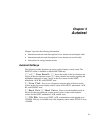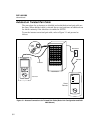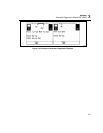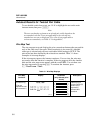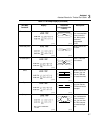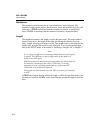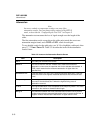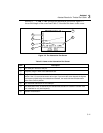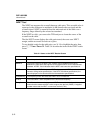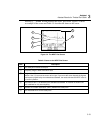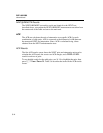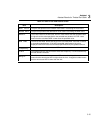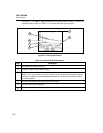
Autotest
Autotest Results for Twisted Pair Cable
3
3-9
Propagation Delay and Delay Skew
Propagation delays are the times taken in nanoseconds for a test pulse to travel the
length of each cable pair.
Delay skews are the differences in propagation delays between the shortest delay,
which is displayed as 0 ns, and the delays of the other cable pairs.
The propagation delay and delay skew results show a limit if the test is required
by the selected test standard. If the test is not required, the results always show
PASS.
Characteristic Impedance
The characteristic impedance test determines the approximate characteristic
impedance of each cable pair.
Note
Impedance measurements require a cable at least 5m (16 ft) long.
Cables shorter than this length will always pass the impedance test.
A PASS result means that the measured impedance is within the specified limit
for the selected test standard. A FAIL result means that the measured impedance
exceeds the specified limit, or an impedance anomaly is detected.
A Warning result means that the measured impedance exceeds test limits, but
the characteristic impedance test is not required by the selected test standard. The
warning result causes a warning to appear as the test summary result in printed
reports.
If an impedance anomaly is detected on a cable pair, the display shows the
distance to the anomaly (in meters or feet) and the result is displayed as FAIL.
The test tool reports an anomaly if 15% or more of the test signal is reflected. If
more than one anomaly is detected on a cable pair, the distance to the largest
anomaly is displayed. You can use the TDR test to plot the locations and sizes of
impedance anomalies on the cable.



